Female no.1
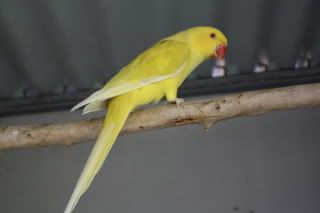
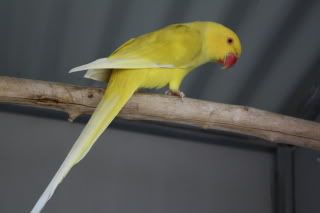
Female no.2
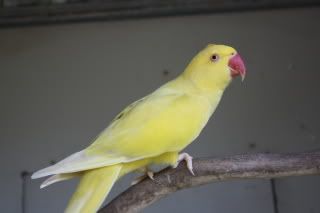
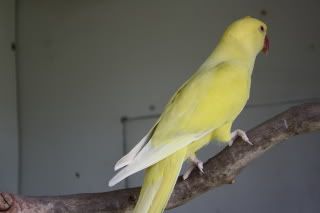
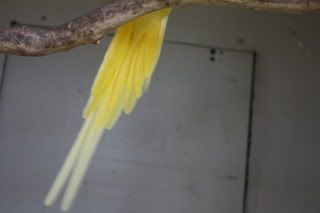
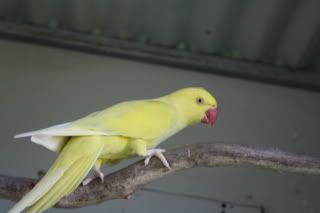
Thanks in advance!!
Moderator: Mods








lovemybirds wrote:Thanks Fah. I think I understand.So these hens would be classed as a normal pallid?

Am I correct in thinking, that these with a Lutino male, will produce 100% Pallid ino males and 100% Lutino girls
and with a Blue male (no splits known) they will produce 100% green/blue pallid males and 100% green/blue females?
Fah wrote:Heya there, they do look like Pallids to me, Lacewing is an old and technically incorrect name for Pallid.
The more Pallids are put to ino birds, or pallid ino males, the lighter the young get... you can get pallid birds that look near on lutino, with males that hold both pallid and ino genes looking almost entirely identical except for their rings betraying their genes.



Fah wrote:Well, there are a handfull of breeders here in Australia who do the PallidIno lines. I myself with a friend started and sold our lines, it took 3 generations to see a notable difference between the birds colouring...
It can take several generations when starting with regular pallid birds as a primer to get a strongly lightened bird. Requiring a PallidIno cock being put to an Ino, not a pallid hen. Not a PallidIno to Pallid hen.
Here is an image of a local cock bird, he is a multi generation (not exactly sure, as not the owner) that is guaranteed Grey PallidIno.
He is without a doubt, appearing almost entirely as an albino appart from his black neckring. That is an albino hen he is with.
When paired to regular grey pallid hens, their young are light phase grey pallids, when placed with an albino, the hens come out as incredibly pale grey pallids with males seemingly adhering to the albino like colouring.
Unfortunately here in Australia, its harder to get guaranteed pallid birds with no cross ino blood lines that you would think :/
Karmic Aviaries, one of Australias most prestigious (shutting down its doors now mostly) aviaries, used to focus heavily on IRN's they had several Green Pallid lines where cock birds appeared almost lutino, cept for their brownish neckrings.
Here is one of their medium generation blue pallidino cock's.
Here is one of their earlier generation Green PallidIno cocks. In person this cock bird looks as a lutino through the chest etc, only showing pallid nature through the neckline and wings / upper back.
To produce these birds, all that was required at the start were PallidIno cocks being continually put to Ino birds. No other intervention was required.
As an added note: I have yet to hear success of a Blue PallidIno coming out like the first image I have provided, they seem to retain a blue 'hue' to the white.
Fah wrote:I was not interested in disproving anything....
I was just merely pointing out that continual breeding between PallidIno to Ino birds, does lighten the birds..
I dont read too much into speculation of something until it has actually been done, gives me a headache lol, I just look forward to seeing how far the progress goes... if it progresses any further. If anything, I expect the melanin traces to deplete further in the grey pallidino birds, as it has been doing to this point. It didnt happen overnight, so it will be a while before more progress is made, again, if any is there to be made.
I dont expect much, but suffice to say, I dont see how false the idea that the melanin would continue to fade until it is non existant, at least visually.. is.
Ring0Neck wrote:Here's a pic of a lightphase blue pallid hen, 4 years oldJay wrote:
If you're from Australia, it has been mentioned that there are 'lightphase' Pallids among the Pallid bloodlines there... suspected to be caused by inherited gene modifiers.
.
Must have been the flash, as i can not visually see any brown on her with naked eye. but rather interesting that it showed it in the pic. here's another shot of her.Jay wrote:Ring0Neck wrote:Jay wrote:
Not sure if it's just the lighting but I see some brown pigments on that bird.
It's been observed that the Ino gene does not totally mask Cinnamon but rather some sort of gene interaction occurs between the two sex-linked mutations.
http://www.birdhobbyist.com/parrotcolou ... namon.html
 [/img]
[/img]